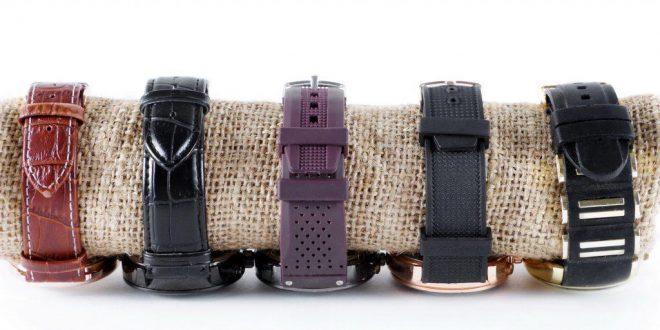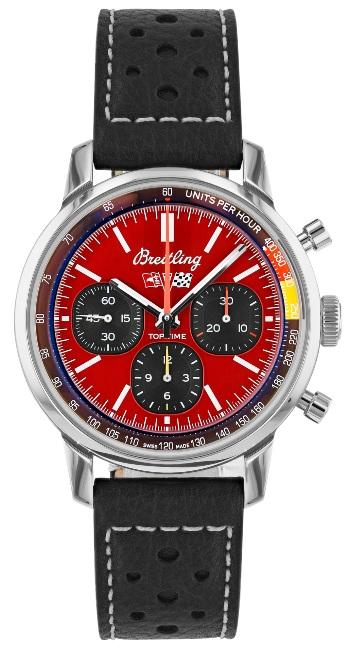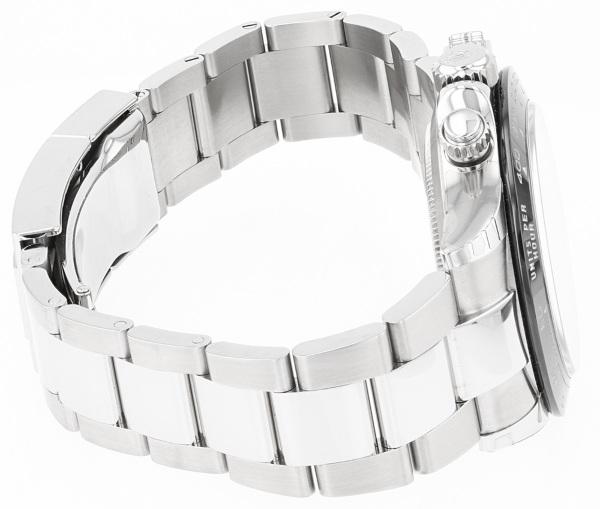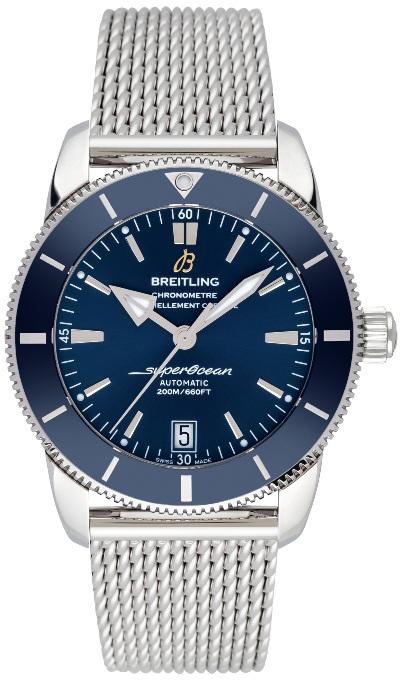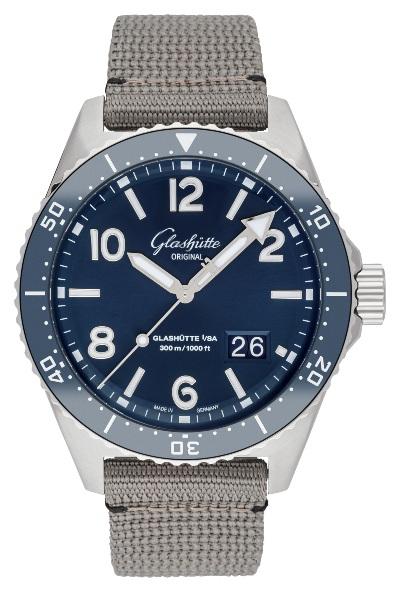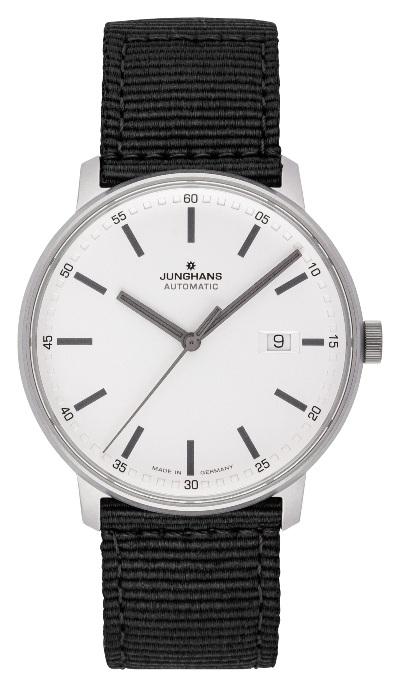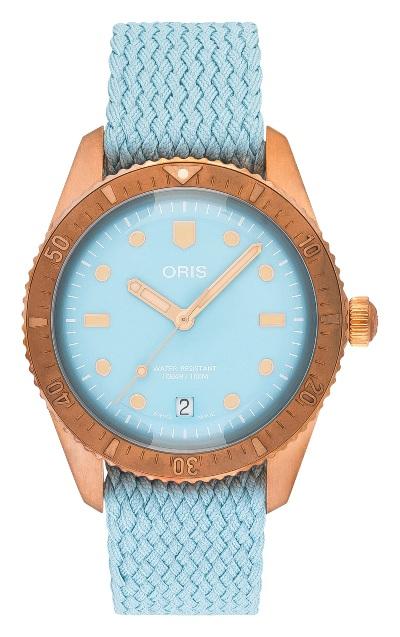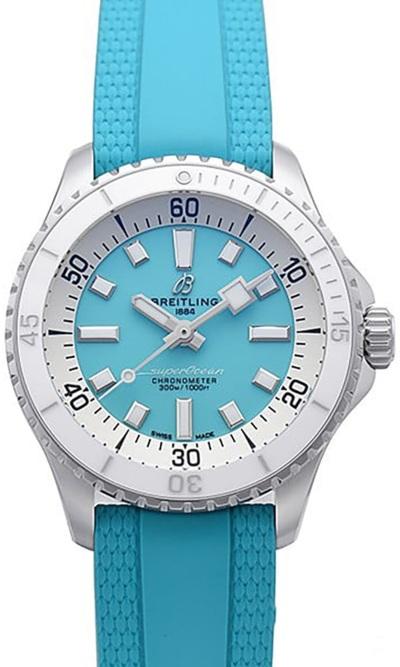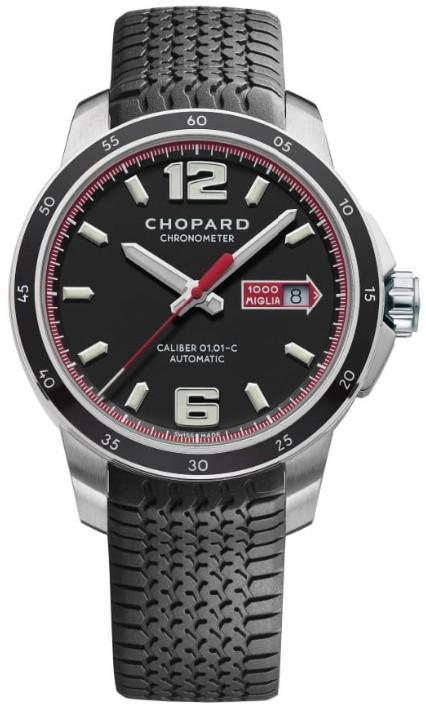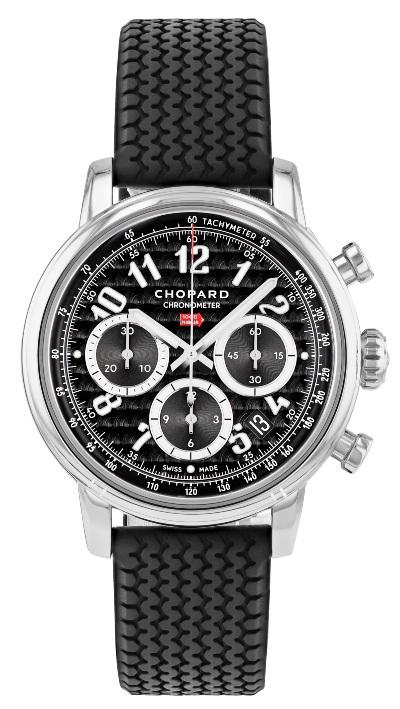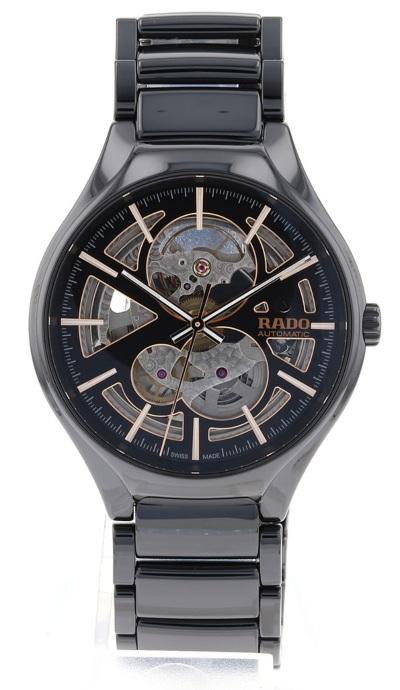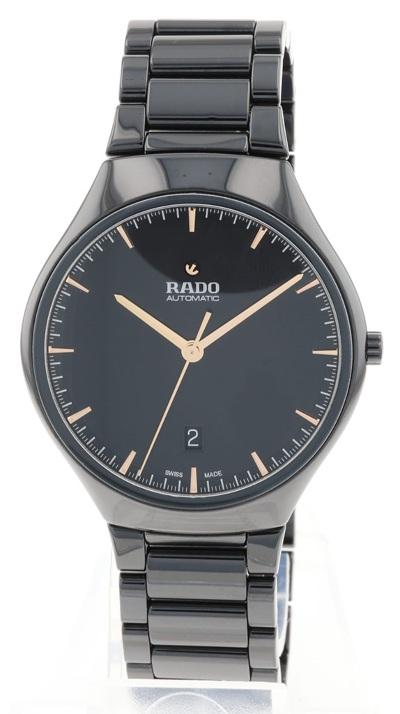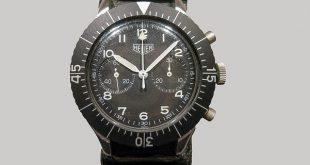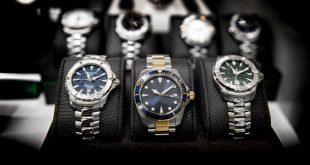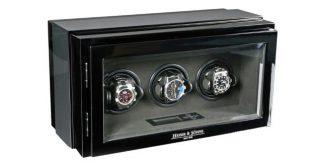An incomplete heirloom, rough signs of wear or a desire for a breath of fresh air: there are many reasons to treat your timepiece to a new strap. Textile, metal, leather or rubber strap: the choice of material depends less on the style of the luxury watch. Rather, individual lifestyle and taste point the way to the ideal watch strap.
Leather strap – proven all-rounder with limitless design variety
The natural material has been used since time immemorial because it is supple, durable, hard-wearing and simply beautiful. The long list of advantages ensures that many men and women prefer a watch strap made of leather. This applies to the purchase of a new timepiece as well as the rejuvenation of older masterpieces. Anyone who believes that the decision has been made will be proven wrong during a purchase consultation in a specialist store.
Bovine, calf, lizard or alligator? Smooth, rough, textured or with a used look? Elegant, natural or flashy color? Flat, with air holes or padded? The secret of the leather strap’s success is its aesthetic and functional diversity. You can find an elegant piece that attractively complements the jewelry watch. Thanks to robust designs and modern finishing techniques, leather straps are also suitable for sports watches.
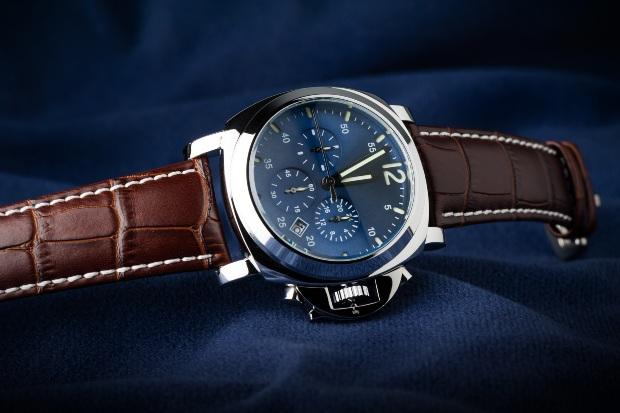
If you look carefully at the displays in a specialist watch store, you will notice that there are a remarkable number of color nuances and surface designs for stainless steel, yellow gold, rose gold or white gold. Accordingly, it can be difficult to find suitable watch straps for a vintage timepiece made of these materials. A leather strap is often much more convincing than a compromise made of metal in order to pick up on the watch design in a style-conscious way or to provide a clever contrast.
Practical and chic: stainless steel links that combine to form a watch strap
In the past, it seemed appropriate to give luxury watches a noble finish – for example with a watch strap made of crocodile leather or gold. Collections such as the Rolex Daytona or Royal Oak from Audemars Piguet therefore seemed almost rebellious when they made their debut. Beyond the sporting terrain, many watch enthusiasts initially considered it unacceptable to wear a watch with a steel case and bracelet. Nowadays, the industrial material characterizes most metal watch straps and is socially acceptable for all occasions. It scores points with its durable, hard-wearing and corrosion-resistant character, provided that a high-quality alloy is used in its manufacture.
Watch designers opt for sturdy stainless steel links when the functional timepiece for diving, racing or flying is somewhat heavier and bulkier. Last but not least, they convey a good feeling in an active lifestyle because the watch is firmly attached to the wrist. However, some men and women find these classic stainless steel straps too coarse. The dislike relates to the aesthetics as well as the wearing comfort.
Fortunately, a processing technique was developed centuries ago in Milan in which finely crafted metal is artfully interwoven. The timelessly elegant quintessence is the Milanese bracelet, which looks good on almost any watch. The functional facets are as convincing as the stylish design: Stainless steel bracelets of this kind are surprisingly light and airy, making them great to wear in summer too.
Textile strap – casual and individual
As early as the mid-1940s, there were watches with textile straps, for example for special military operations. Robust materials with synthetic fibers, which had proven their worth in the manufacture of rucksacks or parachutes, were brought into play. The advantages are obvious and are also welcome for everyday activities: The material is dirt-repellent, copes with moisture and dries quickly. If signs of wear appear, the watch straps can be replaced at low cost.
Ever since its appearance on James Bond’s wrist in the 1960s, one design variant has been both popular and socially acceptable – the Nato textile strap. It is characterized by its one-piece design so that it can be passed under the spring bars. This design not only emphasizes the sporty, casual character of textile straps, but also has practical advantages: If a bar accidentally comes loose during an active lifestyle, the watch still remains connected to the arm and does not fall off.
Individualists can hardly decide which watch strap they want. Textiles open up an impressive range of possibilities when it comes to aesthetic design. Colors, patterns and weave structure can be varied as desired. A textile strap that deviates from typical yarns such as nylon or Perlon looks particularly unconventional. Junghans, for example, surprises with a loden strap in the Form automatic watch collection.
Natural rubber – a surprisingly pragmatic finish for luxury watches
Once upon a time, watch fans would have shaken their heads in horror at the idea of equipping exclusive masterpieces with a rubber or silicone watch strap. Nowadays, this variant has become firmly established and can be found on almost every luxury brand. As with the Nato watch strap, functional considerations prompted us to give the alternative with its sporty, pragmatic aura a chance.
The rubber strap is lightweight, robust and requires no special care. Its fans like the unusual touch that the modern material adds to a luxury watch. This is particularly true when manufacturers exploit the creative potential of natural rubber. The tire look is a successful example of this, which Chopard uses to give the Mille Miglia Classic chronograph a sleek finish. Some men and women prefer the rubber strap in summer because they like the material lightness at higher outside temperatures. However, there are also watch lovers who find the material sweaty in warm weather.
Allergy sufferers often prefer textile and rubber straps, but tend to overlook one detail: the skin-friendly material is of little help if the case has some stainless steel components. It is smarter to consider your personal requirements when buying a new watch. An ingenious alternative are timepieces made entirely of ceramic – for example from Rado.
Which watch strap wins the race?
The decision is not easy given the variety, but it can be inspiring. Basically, it makes sense to focus on straps from the watch brand’s range. They are functionally and aesthetically optimized for the timepiece. If you don’t necessarily want to get creative when changing the strap, you can use the manufacturer’s standard combinations as a guide. For newer collections, just take a look at the brand’s website. When browsing the Internet for vintage watches, you can often find contemporary documents such as brochures, photos or catalogs that provide a useful source of inspiration for a tasteful makeover thanks to the watch strap.
 Uhrinstinkt Magazine
Uhrinstinkt Magazine
